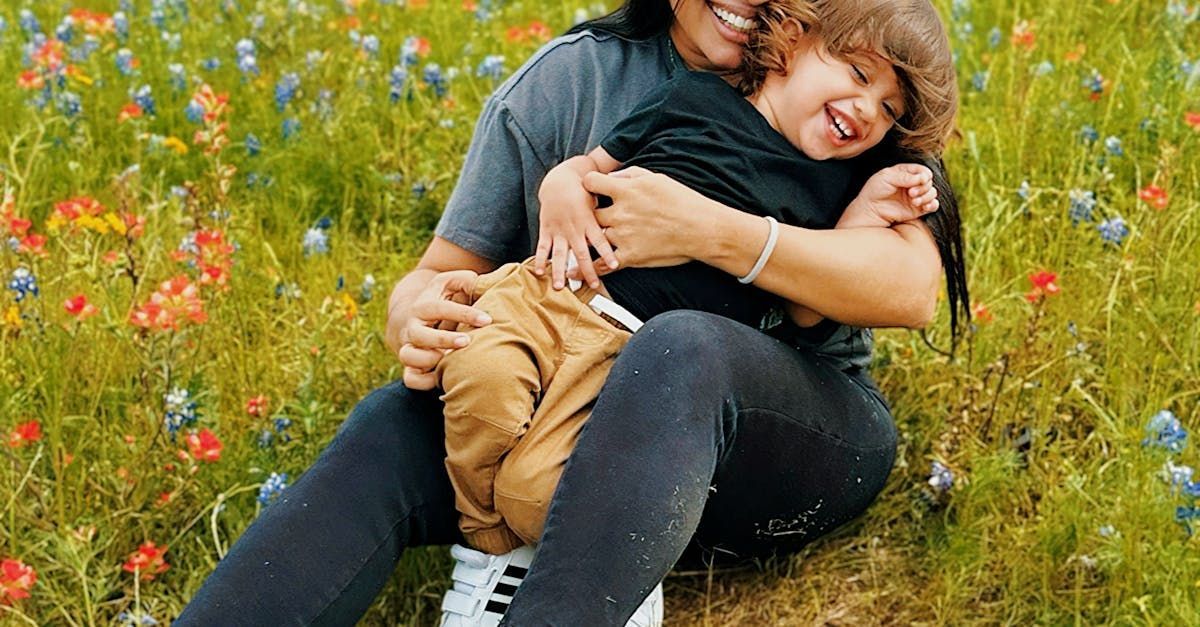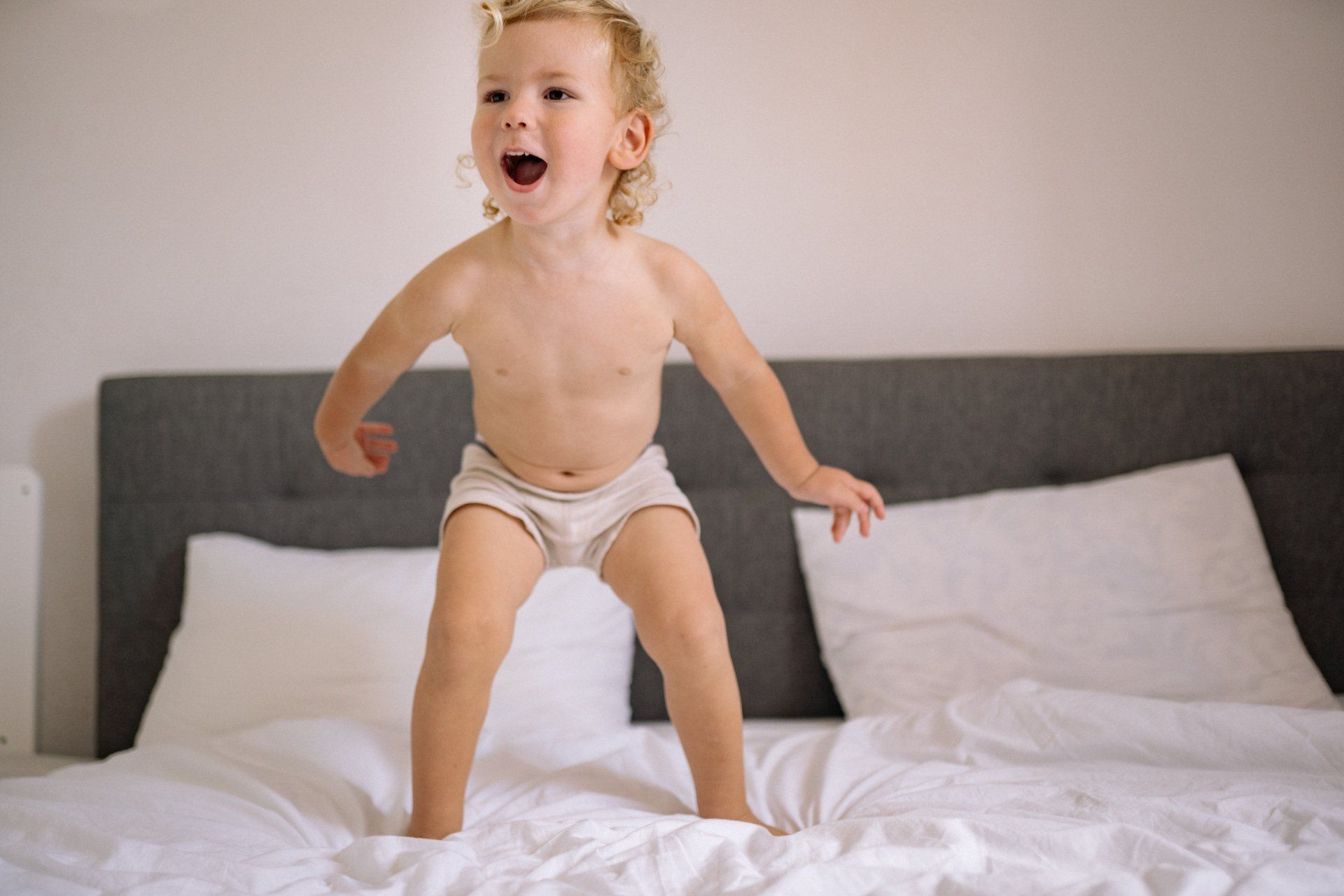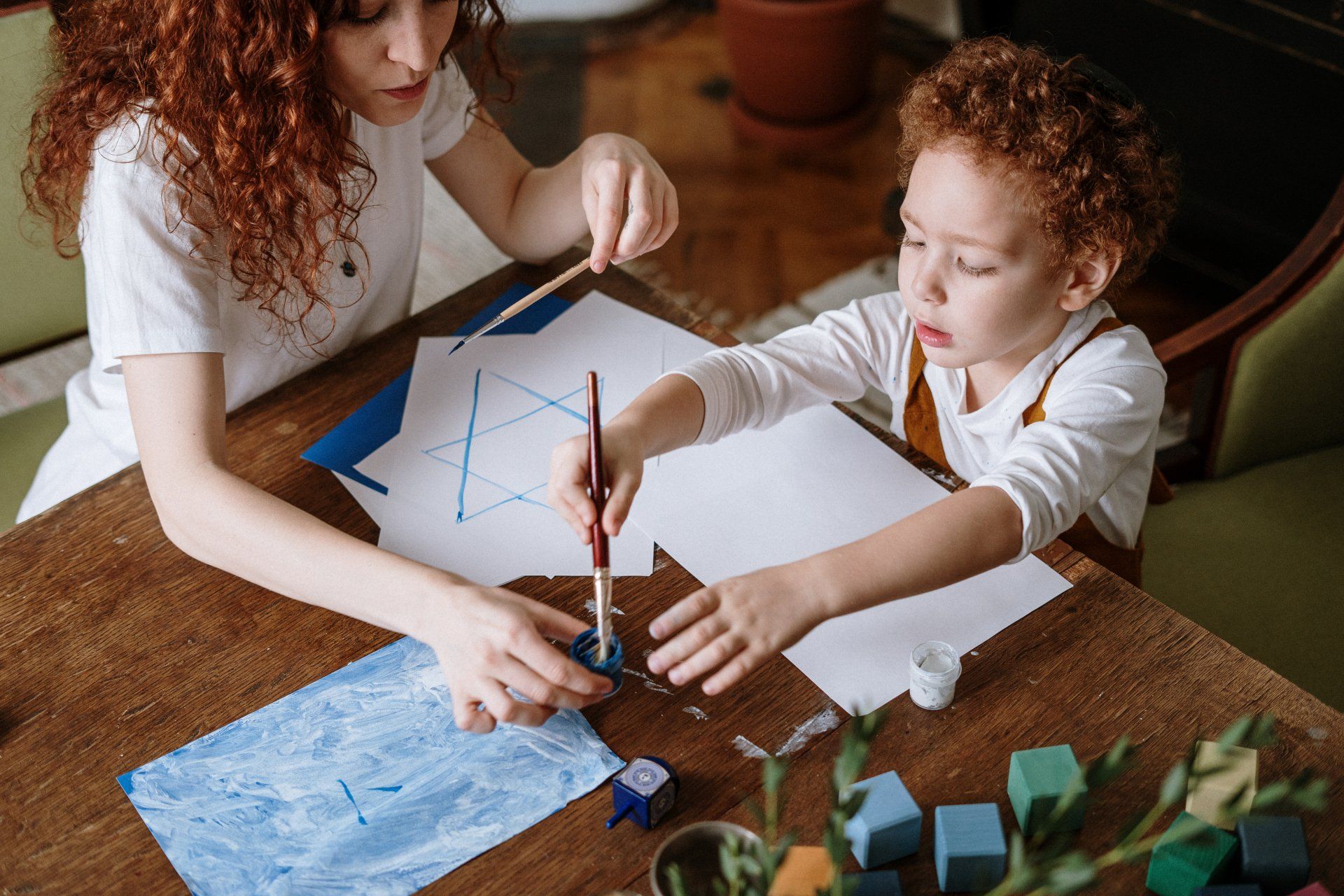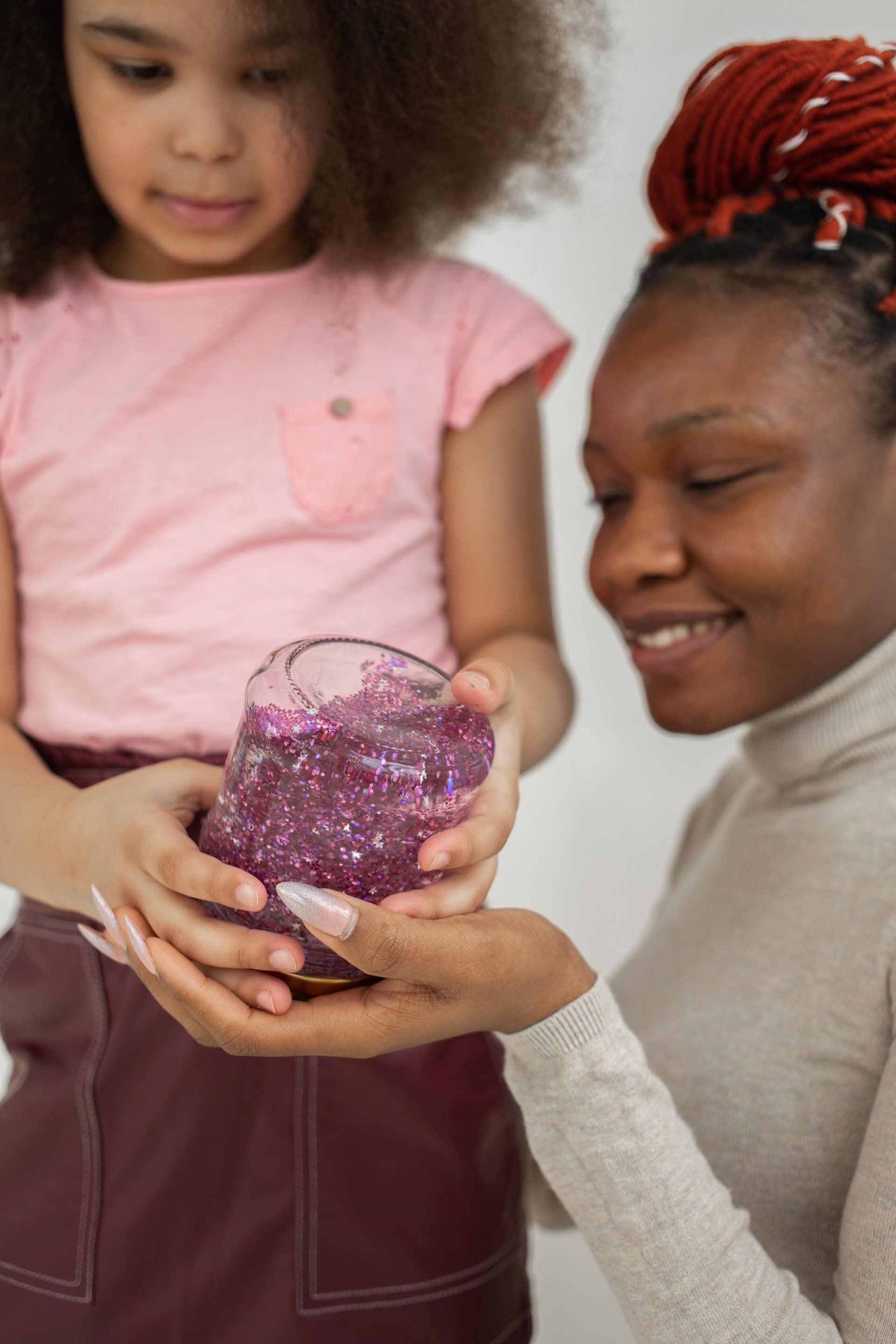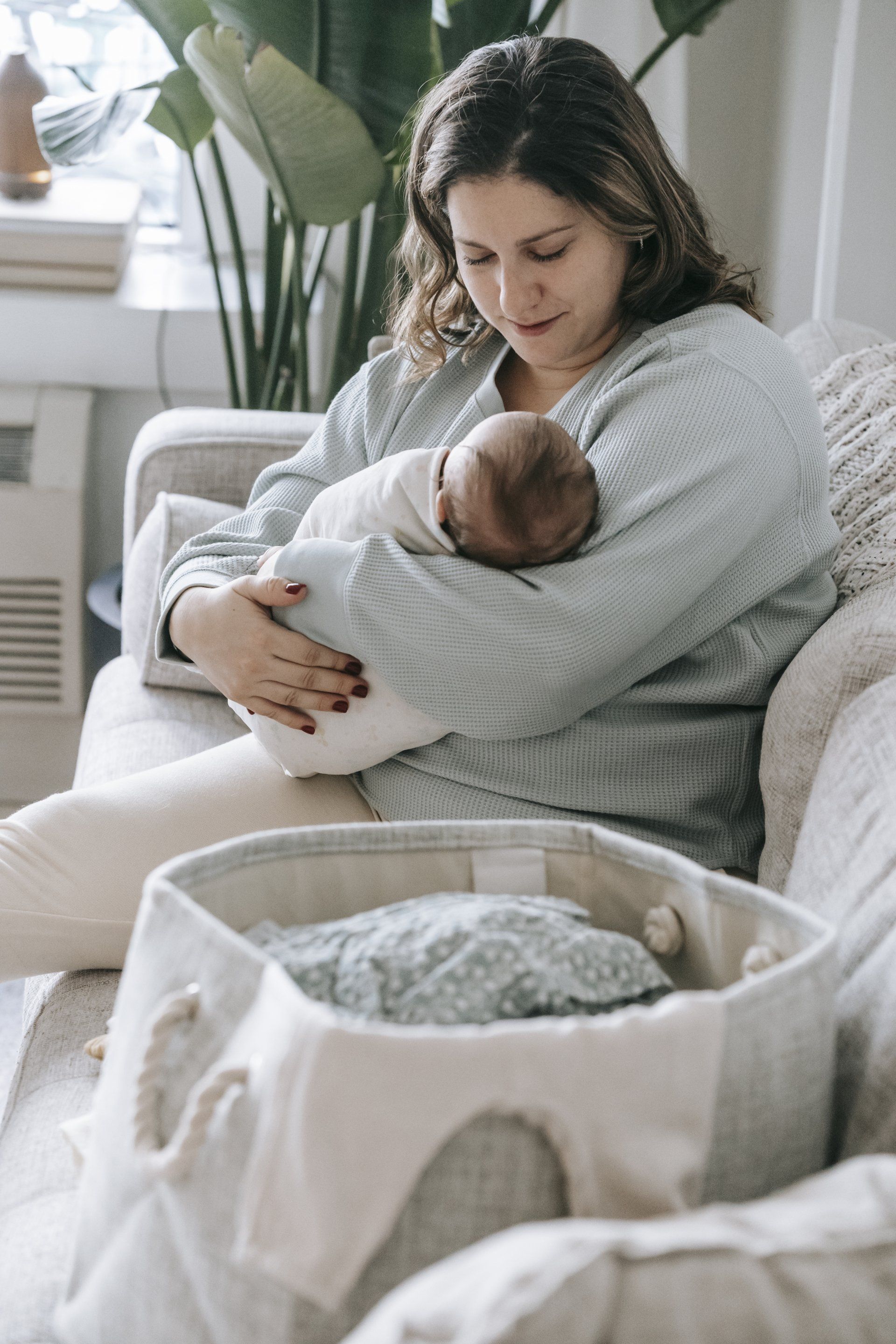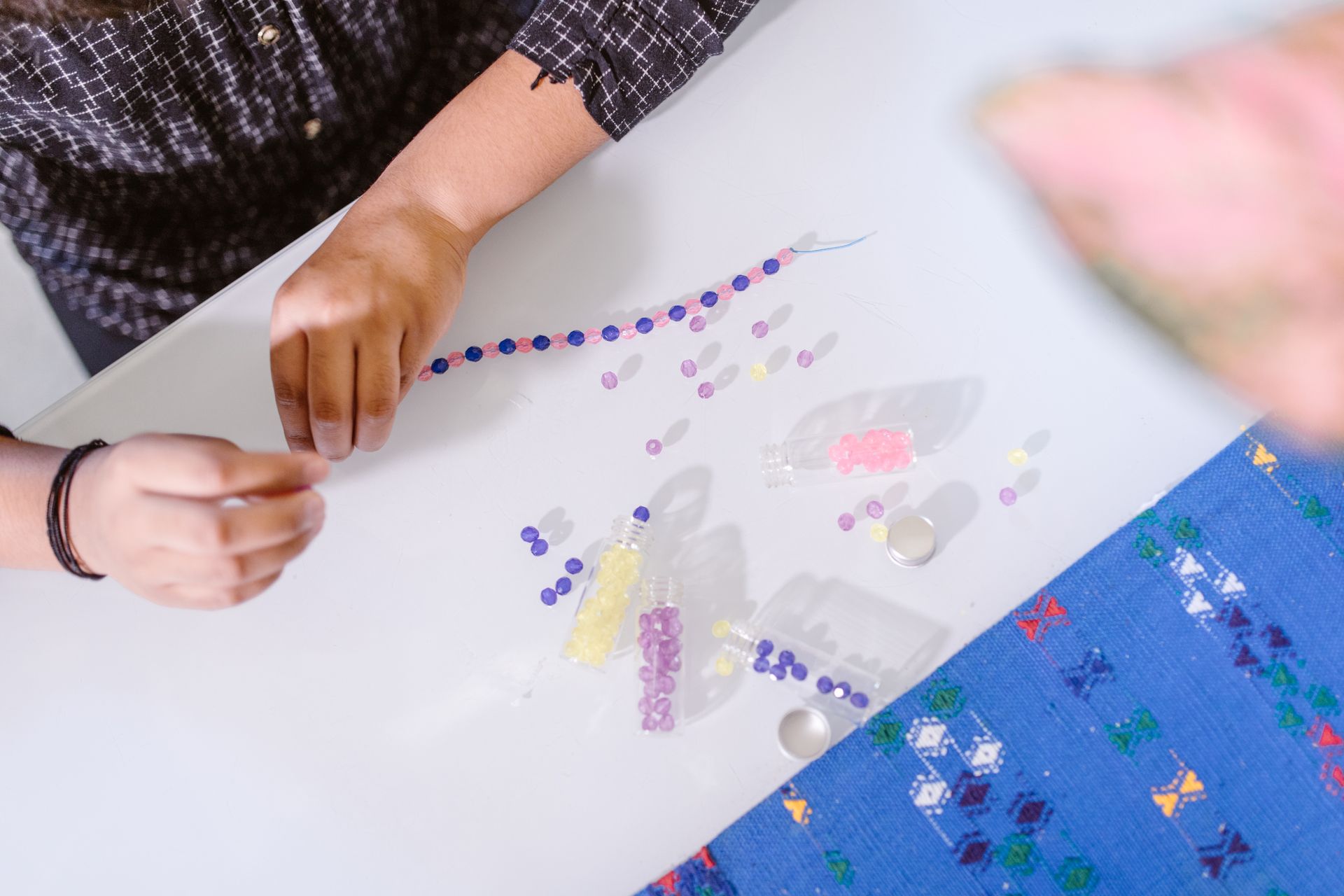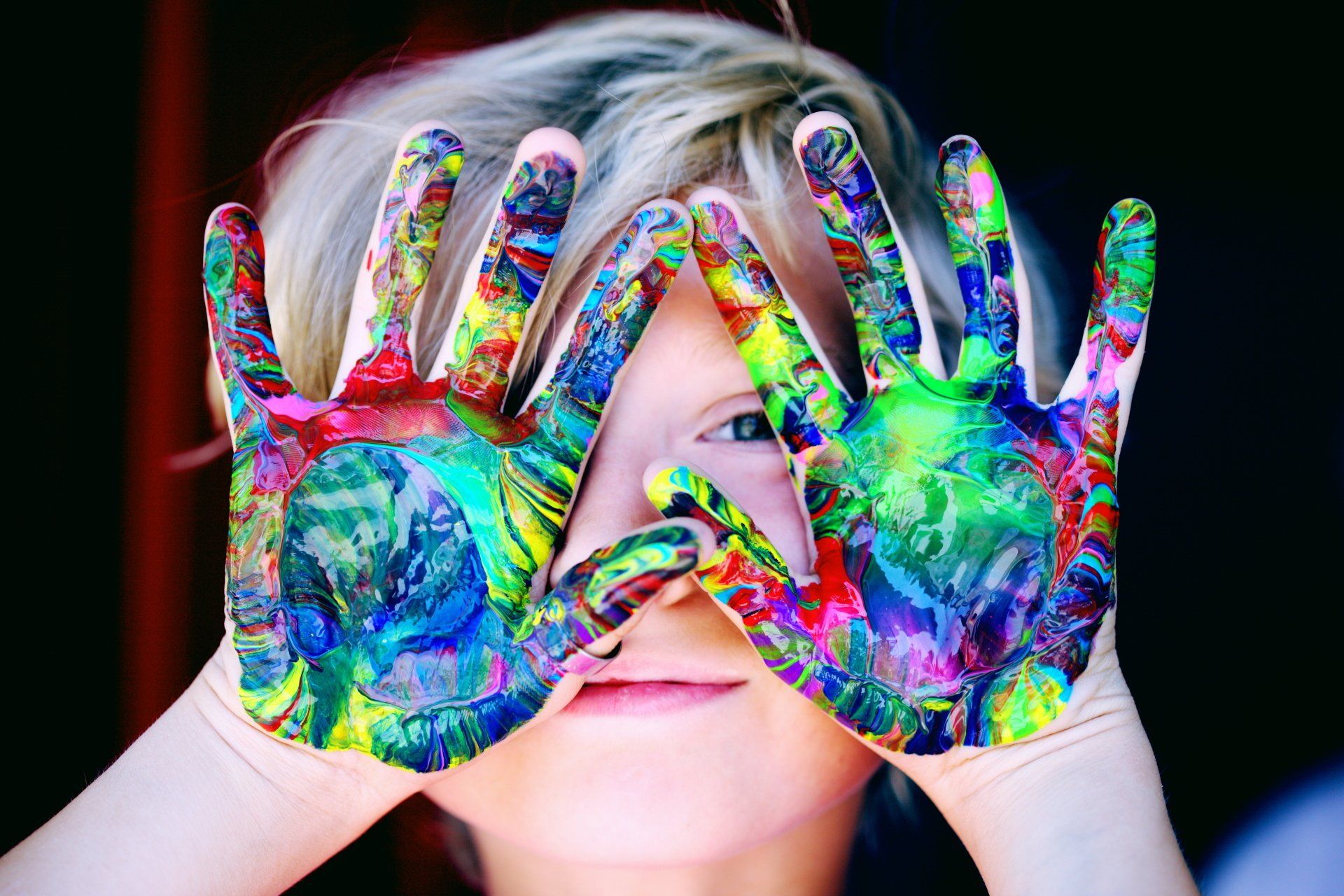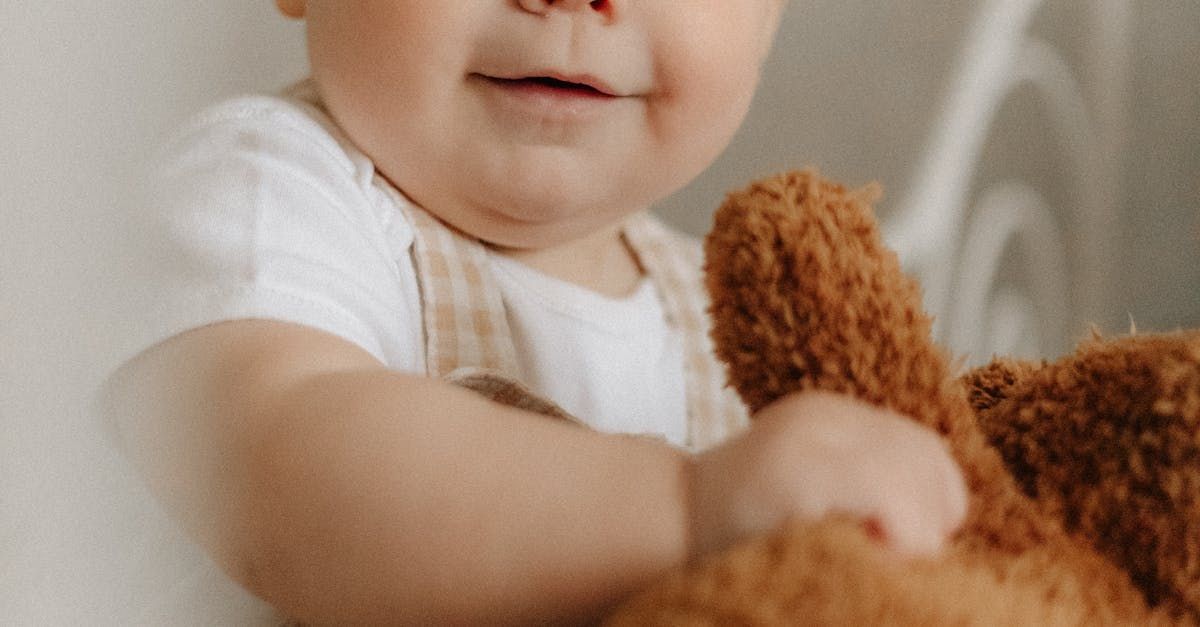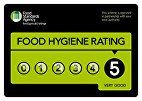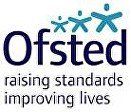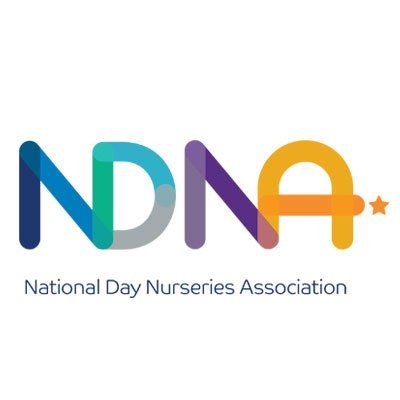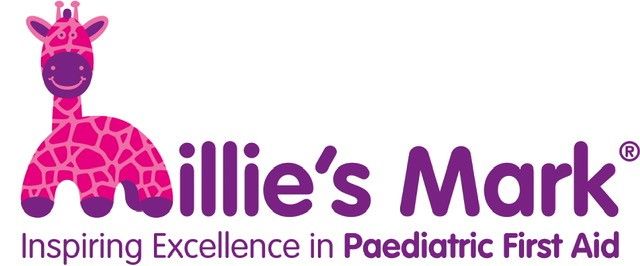Mindfulness and Relaxation Techniques for Childrens
Incorporating Mindfulness and Relaxation Techniques for Kids
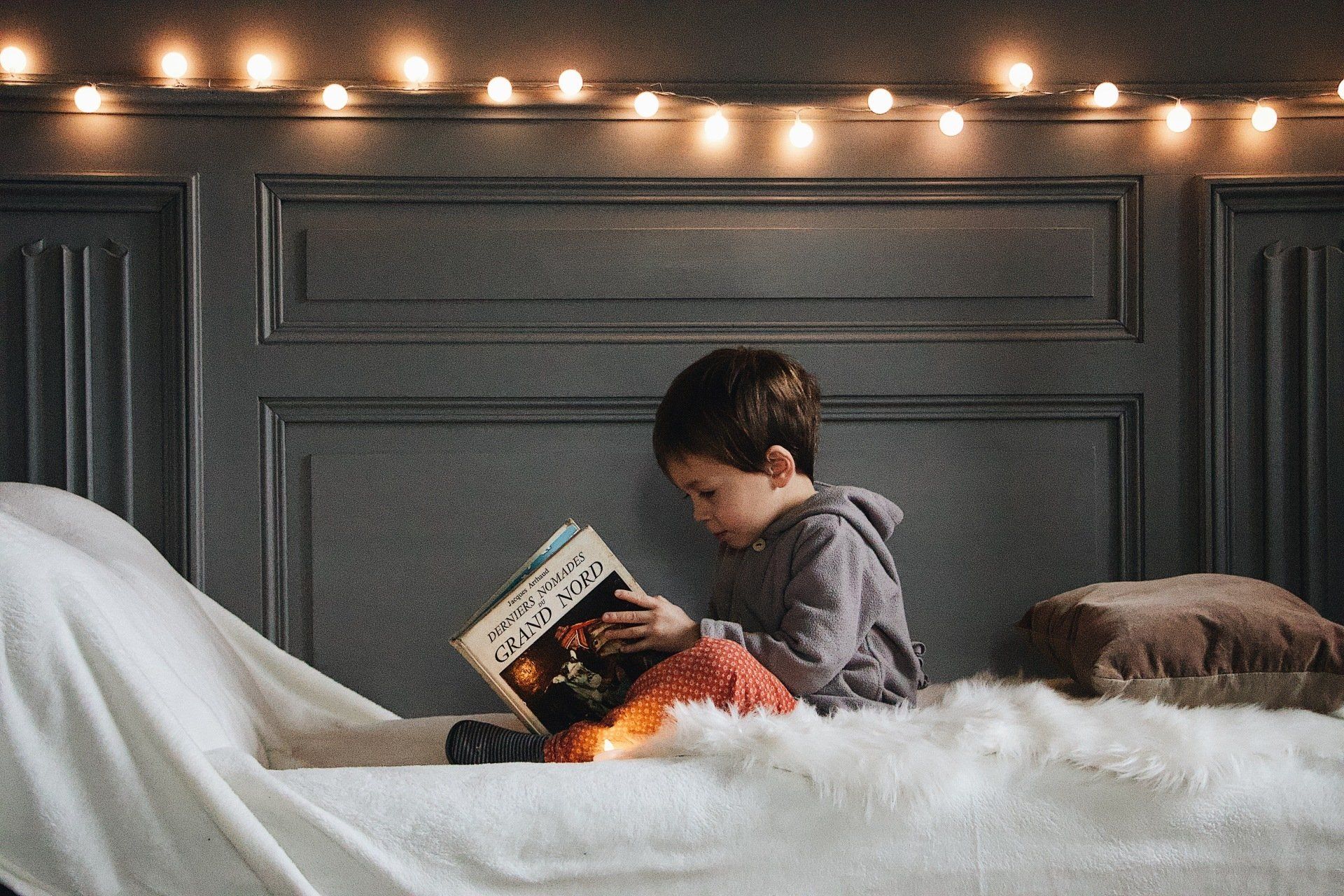
Importance of Mindfulness and Relaxation for Kids
In today's fast-paced world, children often face stress and anxiety. Introducing mindfulness and relaxation techniques early in their lives can significantly improve their emotional well-being. These practices help kids develop self-awareness, emotional regulation, and a sense of calm, contributing to their overall mental health.
Benefits of Early Practice
Starting mindfulness and relaxation practices at a young age has numerous benefits. It can improve concentration, enhance emotional resilience, and promote better sleep. Moreover, these practices teach children valuable skills for managing stress and navigating life's challenges.
Understanding Mindfulness and Relaxation
Definition and Core Principles
Mindfulness is the practice of being fully present and engaged in the moment without judgment. It involves paying attention to thoughts, feelings, and sensations in a non-reactive way. Relaxation techniques, on the other hand, are activities that help reduce stress and induce a state of calm.
Differences Between Mindfulness and Relaxation
While mindfulness focuses on present-moment awareness, relaxation techniques aim to reduce stress and physical tension. Both are complementary and can be integrated into daily routines to support a child's mental and emotional well-being.
Why Kids Need Mindfulness and Relaxation
Children today are exposed to various stressors, from academic pressures to social challenges. Mindfulness and relaxation techniques equip them with tools to manage stress, improve focus, and foster a positive outlook on life. These practices also promote emotional intelligence, helping kids understand and express their emotions healthily.
Techniques for Practicing Mindfulness with Kids
Breathing Exercises
Simple Deep Breathing
Teaching kids to take slow, deep breaths can help them calm down and focus. Encourage them to breathe in through their nose for a count of four, hold for four, and exhale through their mouth for a count of four.
Balloon Breathing
Ask kids to imagine they are inflating a balloon in their belly. As they inhale, their belly expands like a balloon. As they exhale, the balloon deflates. This visualization helps them understand deep breathing.
Mindful Listening
Sound Awareness
Encourage kids to sit quietly and focus on the sounds around them. This could be the ticking of a clock, birds chirping, or distant traffic. This practice enhances their listening skills and brings their attention to the present moment.
Silence Games
Play games that involve periods of silence, where kids have to listen intently to identify specific sounds. This can be a fun and engaging way to develop their mindfulness.
Body Scan
Progressive Muscle Relaxation
Guide kids through a progressive muscle relaxation exercise where they tense and then relax different muscle groups. This helps them become aware of physical tension and learn how to release it.
Full Body Awareness
Ask kids to lie down and mentally scan their bodies from head to toe, noticing any areas of tension or discomfort. This practice promotes bodily awareness and relaxation.
Techniques for Practicing Relaxation with Kids
Guided Imagery
Creating Safe Spaces
Use guided imagery to help kids create a mental "safe space" where they can retreat to whenever they feel stressed. Describe a peaceful place in detail and encourage them to visit it in their mind.
Visual Journeys
Lead kids on visual journeys to calming places, like a beach or a forest. Use descriptive language to engage their senses and help them relax.
Yoga for Kids
Simple Poses
Introduce kids to basic yoga poses like Child's Pose, Cat-Cow, and Downward Dog. These poses can help them stretch, strengthen their bodies, and calm their minds.
Yoga Stories
Incorporate yoga poses into storytelling. Create stories where characters perform different yoga poses, making the practice fun and engaging for kids.
Creative Activities
Drawing and Colouring
Encourage kids to draw or colour mindfully. Provide them with mandalas or nature-themed colouring pages. This activity can be both relaxing and a form of self-expression.
Crafting with Intent
Engage kids in simple crafts that require focus and concentration, such as making friendship bracelets or building with clay. These activities can be meditative and relaxing.
Integrating Mindfulness and Relaxation into Daily Routines
Morning Rituals
Setting Intentions for the Day
Encourage kids to start their day with a mindful intention. This could be a simple statement like, "Today, I will be kind to myself and others."
Bedtime Routines
Unwinding Activities
Incorporate relaxation techniques into bedtime routines. This could include reading a calming story, practicing deep breathing, or listening to soothing music.
Mindful Eating
Savouring Meals
Teach kids to eat mindfully by paying attention to the taste, texture, and smell of their food. Encourage them to eat slowly and savor each bite.
Recognising Hunger and Fullness
Help kids develop awareness of their hunger and fullness cues. This can prevent overeating and promote a healthy relationship with food.
Creating a Mindful Environment at Home and School
Quiet Corners
Designating Spaces for Relaxation
Create quiet corners at home or in the classroom where kids can go to relax and practice mindfulness. These spaces should be free from distractions and filled with calming items like cushions and soft toys.
Mindfulness Tools
Books, Apps, and Music
Provide kids with resources like mindfulness books, guided meditation apps, and calming music. These tools can support their practice and make mindfulness more accessible.
Encouraging Consistent Practice
Making Mindfulness a Habit
Encourage kids to practice mindfulness and relaxation regularly. Consistency is key to reaping the long-term benefits of these practices.
Addressing Challenges and Misconceptions
Common Challenges in Teaching Mindfulness to Kids
Teaching mindfulness to kids can be challenging due to their limited attention spans and varying levels of interest. Patience and creativity are essential in overcoming these challenges.
Misconceptions About Mindfulness and Relaxation
There are many misconceptions about mindfulness, such as it being religious or too difficult for kids. Clarify that mindfulness is a secular practice focused on awareness and relaxation, and that it can be adapted to suit children's needs.
Tips for Overcoming Resistance
If kids are resistant to mindfulness practices, try incorporating them into fun activities or integrating them into daily routines. Lead by example and practice mindfulness yourself to inspire them.
Conclusion
Recap of Key Points
Mindfulness and relaxation techniques are valuable tools for children's emotional and mental well-being. By integrating these practices into their daily lives, kids can develop resilience, focus, and a sense of calm.

